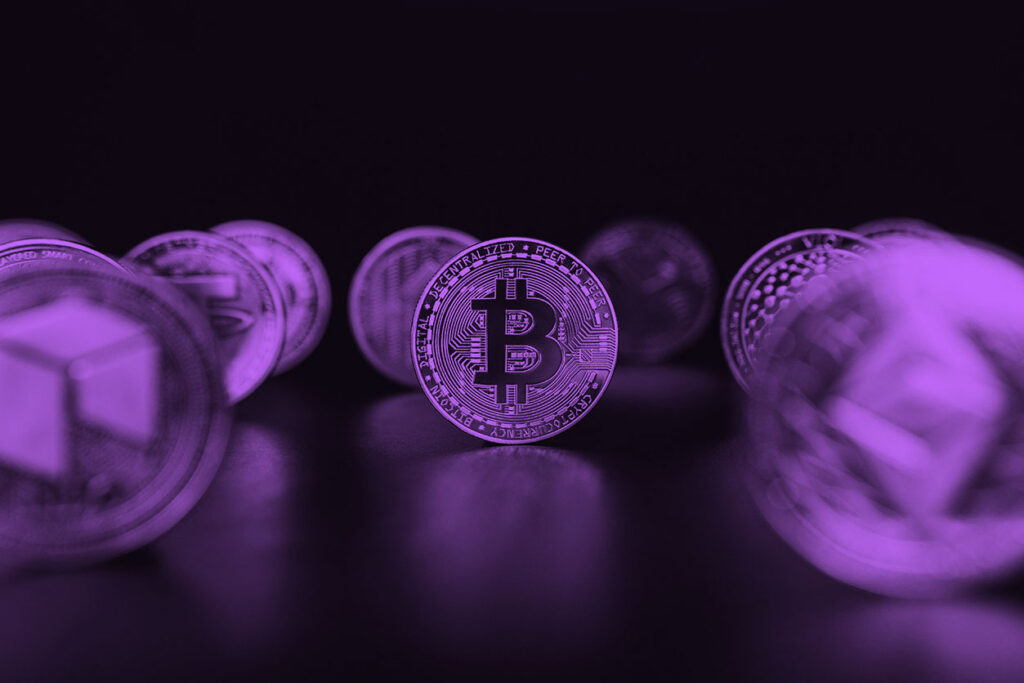Bitcoin Halving Explained: Here’s What You Need to Know

With huge market volatility and price swings across every asset class, 2021 has been a historic year for financial markets. However, there’s more much to come. The cryptocurrency market is likely to be shaken up in 2024. In a move known as ‘Bitcoin halving,’ the coin’s production is scheduled to drop by 50%. The event is outlined in the underlying code of Bitcoin and no one controls the process, making it an exciting trading opportunity for those who know what they are doing. Keep reading to find out what these opportunities could be.
What is Bitcoin halving?
With Bitcoin’s unique design, the digital currency undergoes a seismic shift every four years. In 2024, it will undergo another major change for the fourth time in its 13-year history. Understanding Bitcoin halving, as it’s called in the digital underworld, requires having a good grasp of the fundamentals of bitcoin.
There have already been around 18 million Bitcoins created using a process called “crypto mining.” Crypto mining involves using high-performance computers to process Bitcoin transactions. To keep track of cryptocurrency transactions, ‘blocks’ are added to the blockchain ledger, which is the basis of the cryptocurrency.
High computer power is needed by the miners to perform this work. In turn, the miner who added the block to the blockchain is compensated in Bitcoins, otherwise known as the ‘miners subsidy’ or ‘block subsidy’. On each block transaction, a fixed number of new Bitcoins are added to the supply chain. From there, miners can sell their Bitcoins to an exchange.
In Bitcoin halving, miners who maintain the bitcoin network are paid 50% less for their work. The most exciting thing to watch for traders and investors is what will happen to the price of bitcoin during this period.
Trading the Bitcoin halving?
To trade Bitcoin, there are two main methods. First, you can buy Bitcoins on a cryptocurrency exchange. Many of them are likely unregulated entities that have had a history of hacking and theft. Coincheck, a Japanese digital currency exchange, was hacked in 2018 and digital currency worth more than $500 million was stolen.
Bitcoin can also be traded through cryptocurrency CFDs (Contracts for Difference), which allow you to speculate on its price movements. If this is the case, you should use a regulated broker.
Some of the features of trading cryptocurrency CFDs with Eightcap are listed below:
- Leverage: A trader can use the leverage of 1:20 on crypto CFDs.
- Any cryptocurrency CFD can be traded long or short. There is no need to own the crypto assets to trade.
- Utilize advanced risk management tools, such as stop-loss orders and take profit levels, to minimize risk.
- Access a wide range of more than 250 cryptocurrency CFDs including Bitcoin, Ethereum, Litecoin, Ripple, and more.
- View cryptocurrency CFD prices on stable platforms like MetaTrader 4 and MetaTrader 5.
Past halving events
Bitcoin’s price rose dramatically during Bitcoin halvings in the past. From November 28, 2012, when the first half was cut, an increase of $12 was seen to November 28, 2013, when it rose to $1,217. There was a second Bitcoin halving on July 9, 2016. At the time of the halving, the price of Bitcoin was $647, and on Dec. 17, 2017, the price reached $19,800. Over the next year, the price fell to $3,276 on Dec. 17, 2018, a price that was 506% higher than its pre-halving price.
Most recently the price was halved on May 11, 2020. During that time, the price of a Bitcoin was $8,787. On the 15th of April 2021, the price of Bitcoin rose 634% from its pre-halving price to $64,507. A month after the halving, on May 11, 2021, the price was $54,276, representing a 517% increase.
On May 12, 2021, Tesla’s CEO Elon Musk announced that the carmarker would no longer accept Bitcoin as payment, causing further price fluctuations. As a result of Chinese regulators banning financial institutions and payment companies from providing cryptocurrency services, the price decreased below $40,000 after Musk’s comments. Although these two announcements may have temporarily caused the price of Bitcoin to drop, the fluctuations may be more related to the halving behavior observed previously.
What will happen when there are no more Bitcoins to mine?
The total of 21 million Bitcoins will be mined by 2140. Having reached this point, the halving schedule will cease due to a lack of new Bitcoins to mine. As a result of higher transaction fees and a greater nominal market value, the transaction fees paid to miners will remain incentivized to continue validating and confirming new transactions on the blockchain.

